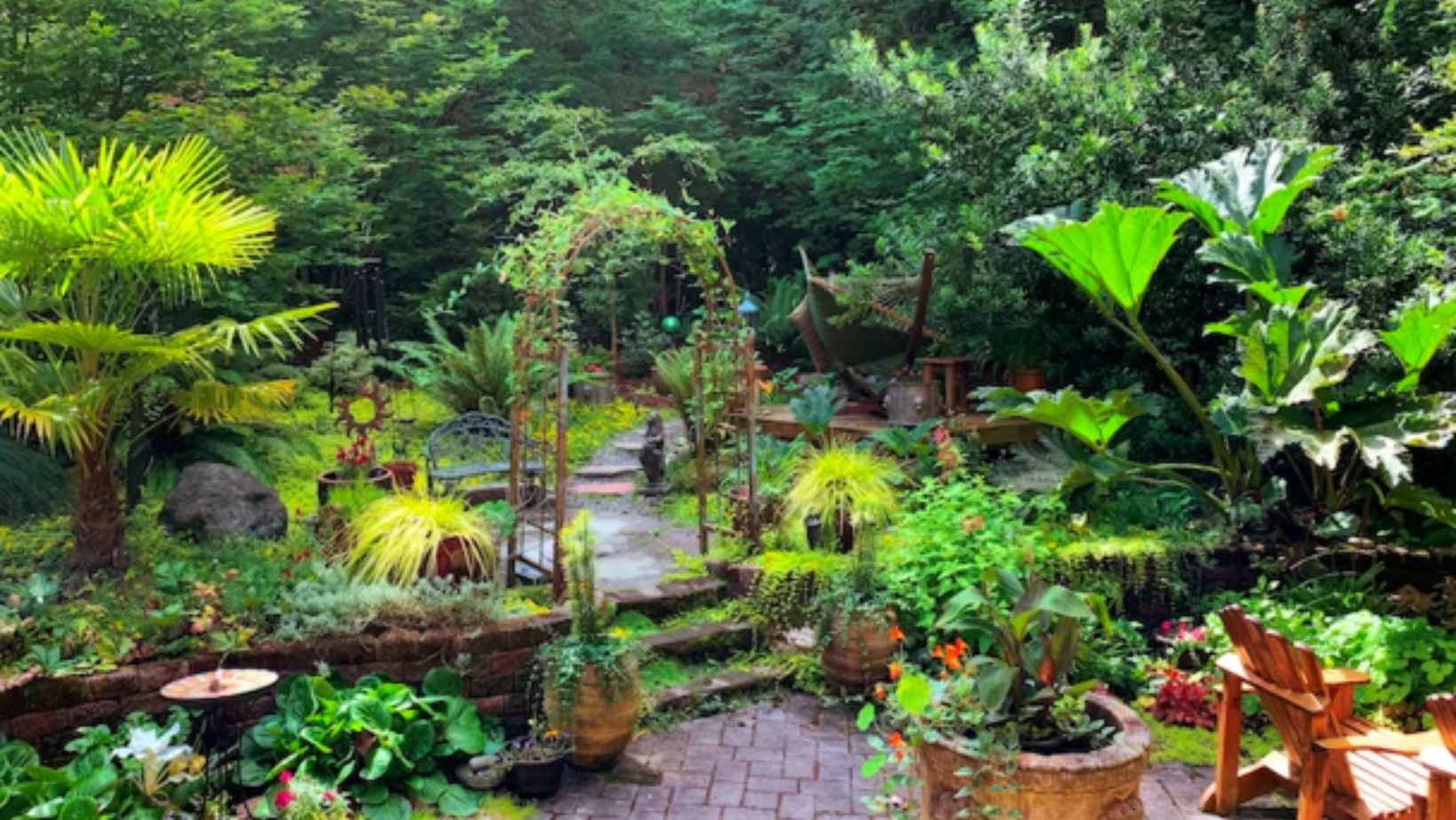How to Choose Plants for Your Backyard: Landscaping 101

Choosing plants for your backyard is a delightful and creative process that can transform your outdoor space. Not only will it give your space that new look, but it’s also great for improving your home’s property value. As with any home project, it comes with its own set of challenges. It requires careful consideration of several factors to ensure your landscape thrives. You want to make sure you have the right plants that suit your lifestyle and goals.
As you finalize your plant choices, broadening your perspective with the latest in landscape design can offer additional inspiration. Check out these innovative design trends for creative ideas and trends that can complement your plant selections and elevate the design of your outdoor space.
Tips for Choosing Backyard Plants
Selecting plants for your backyard is more than just picking your favorites. You must have a full understanding of the ecosystem of your yard, your personal goals, and the characteristics of potential plant choices.
Assess Your Yard’s Condition
First and foremost, get to know your yard. Test the soil pH and nutrient levels to determine what will grow best. Observe how sunlight plays across your yard at different times of the day, and note shaded areas. Consider the local climate and how much rainfall your yard receives. These factors will greatly influence which plants will thrive in your backyard.
Define Your Landscaping Goals
Ask yourself what you want from your landscaping. Are you looking for privacy or a color scheme that complements your home? Or, you may want a space for entertaining or a safe haven for local wildlife. Your goals will steer your plant selection process, ensuring every addition serves a purpose.
Research Plant Options
Once you understand your yard’s condition and have outlined your goals, start researching plants that fit the bill. Look for native species that are well-suited to your climate and soil conditions. They’re more likely to prosper with less upkeep.

Also, consider non-native plants that are adaptable and non-invasive. It’s also important to note if they will thrive in your region. You don’t want to buy plants at whim. A good choice would be to plant an amaranth seed. Amaranth is known for its resilience and nutritional value, making it an excellent addition to your garden. Research its specific needs and pair it with complementary plants to optimize growth. This thoughtful approach will help you create a thriving, sustainable garden.
Create a Cohesive Design
Think about your backyard as a collective whole rather than individual parts. Choose plants that will create harmony and balance. Use variations in height, color, and texture to add interest and depth. Remember to consider how plants will look together throughout the year, not just in a single season.
Plan for Seasons
A well-designed garden offers visual interest across all seasons. Include a mix of perennials, which return each year, and annuals that can be replaced or rotated. Consider plants that bloom at different times, evergreens for year-round color, and foliage that changes hue in the fall.
For example, dwarf fruit trees are best to plant in the winter through spring. They are a great option for adding texture to your space.
Care and Maintenance
Finally, consider the level of care each plant will need. Do you have the time to dedicate to high-maintenance plants, or do you prefer something more low-key? Your lifestyle and maintenance commitment will play a significant role in your plant choice. Ensure you know how much time you can dedicate to your garden’s upkeep.
Key Takeaways
With these steps in mind, you can select the perfect plants to transform your backyard into a personal haven that reflects your taste and meets your outdoor living needs.

Selecting the right plants for your backyard is an artful balance of practicality and creativity. Remember, landscaping is an evolving process; plants grow and change, and so can your garden design over time. Enjoy the journey of turning your backyard into a flourishing retreat.
● Know your soil, light, and climate conditions.
● Define what you want to achieve with your landscaping.
● Choose plants that are compatible with your yard’s conditions and your goals.
● Plan for a cohesive look with seasonal interest.
● Be honest about how much time you can spend on gardening.
-
Personal Finance12 months ago
How Do I Find My UCAS ID Number?
-
Success6 years ago
Consistency: The Key Ingredient to Success
-
Personal Finance12 months ago
What Does Conditionally Approved Mean For An Apartment?
-
Motivation3 years ago
How To Become a More Organized Person?
-
Others5 years ago
Work Health and Safety: 8 Reasons to Maintain a Clutter-free Office
-
Entrepreneurs4 years ago
Why Diversity is Key in Business Marketing
-
HK Pools12 months ago
The HK Pools Forum Comunity Jos Markotop 2D Warna Kuning – A Great Way to Stay Connected
-
Sport2 years ago
What Makes Soccer Betting So Great?



























